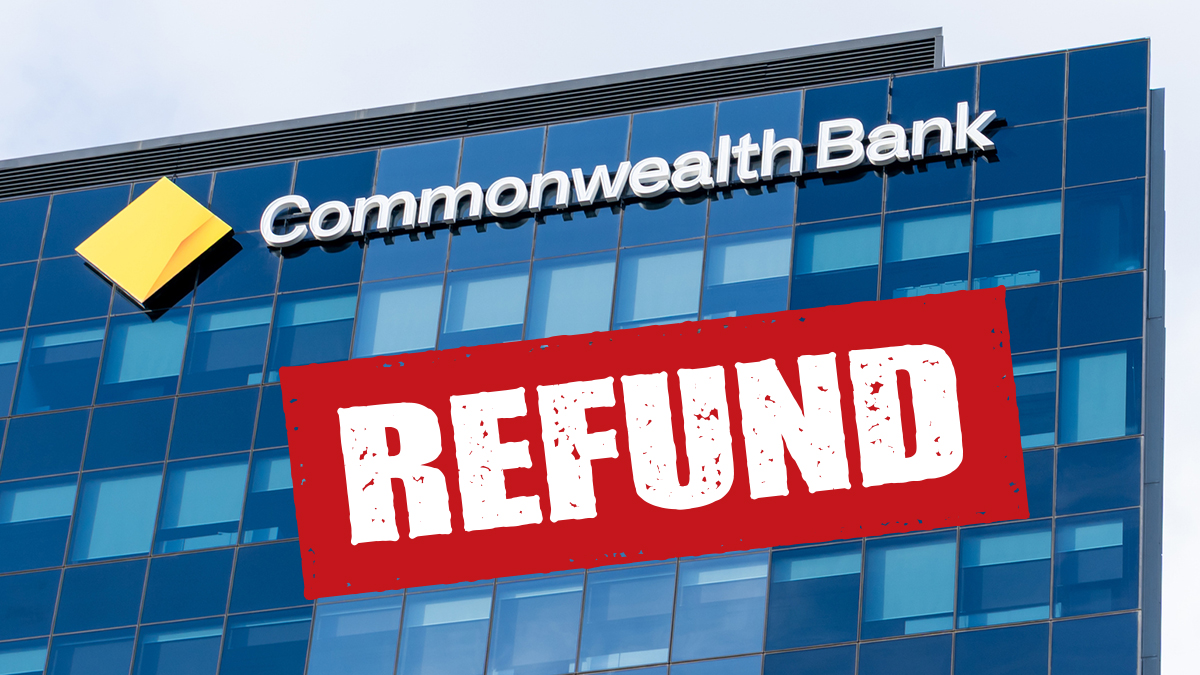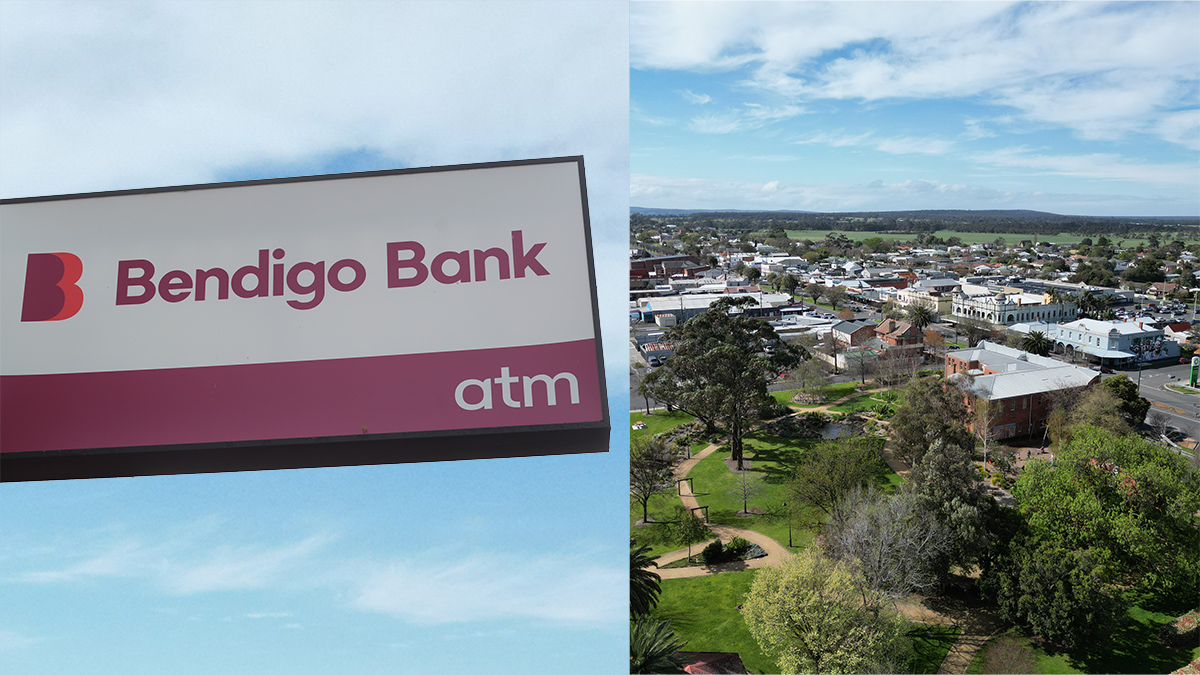Get our independent lab tests, expert reviews and honest advice.
Credit unions and customer-owned banks

There are two kinds of banks in the world: those owned by customers and those owned by shareholders.
On this page:
- What are customer-owned banks?
- Are customer-owned banks really better?
- Whose customers are happier?
- Do customer-owned banks offer better deals?
- Are customer-owned banks more ethical and public minded?
- Regulation of the sector needs a rethink
OK, that’s an oversimplification. But it’s a useful context in which to consider the virtues of local, community-focused banks versus major banks with branches in nearly every city and suburb.
So, do customer-owned banks like Teachers Mutual Bank, Bankmecu and Community First Credit Union offer better service?
What are customer-owned banks?
Customer-owned banks are made up of credit unions, building societies and mutuals, and many of them are headquartered outside of capital cities. As of July 2015, there were 75 credit unions, 12 mutual banks, and six building societies in Australia, with about four million customers between them.
Banks that aren’t customer-owned would include the likes of Commonwealth Bank, ANZ, NAB and Westpac – the fabulously successful big four. They’ve got a lot more customers and a lot more money but lately the big banks have been mired in scandal (notably Commonwealth Bank and NAB) in which customers’ interests have taken a distant second to the profit motive.
Then there are the somewhat less profitable but still well-capitalised banks, such as Bendigo Bank, ING, Suncorp, Bank of Queensland, Macquarie Bank, and HSBC Australia, which are not customer-owned either.
Are customer-owned banks really better?
Institutions in the customer-owned camp would have you believe they deliver a better banking experience. According to its representative body, the Customer Owned Banking Association (COBA), 100% of the sector’s profits benefit customers and communities.
“Customer-owned banking institutions are subject to the same corporate and prudential regulatory frameworks as listed banks but our ethos is fundamentally different,” COBA says.
It’s probably true that you’re likely to have fewer bank-related headaches with a customer-owned bank. But they are still, after all, profit-driven businesses who act much like banks listed on the share market when it comes to standard banking services like mortgages, personal loans and credit cards.
And the customer-owned sector does command significant market share as a whole – collectively it’s the fifth biggest deposit holder after the big four, with about $92 billion in assets to work with and 1041 branches around the country.
Whose customers are happier?
What’s really striking in the contrast between regular banks and customer-owned banks is the much higher customer satisfaction among customers of customer-owned banks. It’s striking because banks like the big four certainly have the resources to deliver a positive customer experience. But when you already control the lion’s share of household deposits by a wide margin, why try harder?
According Roy Morgan research, building societies had the highest customer satisfaction rating as of May 2015 (93.8%), followed by mutual banks (92%) and credit unions (90%). (The satisfaction rating is the proportion of survey takers who said they were either “very” or “fairly” satisfied with their bank, though not all institutions were included in the survey.)
By contrast, the cumulative customer satisfaction rating for the big four was 81.5%, according to the research. The findings are in line with our own banking satisfaction survey over the years, in which bank customers consistently rated customer-owned banks higher than the big four and other traditional banks for customer satisfaction.
The Australian Banking Association, which represents the big four as well as other banks, declined to address our question about whether the public has lost trust in big banks, as COBA contends. It also dodged the question of whether customer-owned banks serve the public good while the big banks serve shareholders.
And although the ABA didn’t take issue with the contention that customer-owned banks offer better interest rates, it did dispute the customer satisfaction stats. “According to Roy Morgan data, customer satisfaction with all banks, not just the larger banks, has been around 83% over the past 18 months,” a spokesperson says.
Do customer-owned banks offer better deals?
The short answer is yes, though on any given day you’ll likely be able to find a particular big four bank with a better offer than a particular customer-owned bank. But according to COBA, the sector as a whole has consistently offered better home loan, personal loan and credit card rates that the big four and other major banks. It’s a big claim, but our research – along with other industry research – bears this out.
According to COBA, the average standard variable home loan rate for owner-occupiers in the customer-owned banking sector was 69 basis points lower than the average advertised standard variable rate offered by the four major banks before the rate rises in late 2015. The difference works out to a saving of around $160 a month on a 25-year, $400,000 mortgage.
Are customer-owned banks more ethical and public minded?
The idea of a customer-owned bank is that the bank, its customers and the local community are in a mutually supportive relationship, and there is some evidence to back this up. COBA outlines a number of scenarios in which customer-owned banks are giving back to their local communities and the nation instead of serving the interests of shareholders. Here are a few examples.
Teachers Mutual Bank
- Spends 4.55% of pre-tax profits on community investment – 12.6 times the average for the financial services sector in Australia and New Zealand.
- Average contribution to the community per full-time employee is $3867 per year.
Transport Mutual
- FreeWheel bike loan program provides interest-free, fee-free loans for bicycle purchases.
Community First Credit Union
- Donates half the annual fee on its 8.99% credit card (for purchases, cash advances and balance transfers) to the McGrath Foundation, funding (over $300,000 as of July 2015) which helps pay for McGrath breast care nurses across Australia.
BCU
- Offers a special ‘farm management’ product to help primary growers set aside cash reserves during more profitable years.
Bankmecu
- Developed ‘Conservation Landbank’ to help protect natural forest in Victoria’s west Wimmera region, with 927 hectares purchased for protection since 2008.
- Offers ‘goGreen’ car loan, with interest rates reduced depending on the level of the car’s greenhouse emissions.
People’s Choice Credit Union
- Organises and administrates a regular community lottery to help not-for-profits meeting their funding goals – the lottery has raised around $11 million for 1500 not-for-profits to date.
Regulation of the sector needs a rethink
A Senate inquiry into the customer-owned sector delivered a report in March this year calling for a major rethink of the way the sector is regulated. Many of the Senate’s recommendations are in line with what customer-owned banks have been saying for years: that the current regulatory model, designed for banks listed on the share market, is unfairly applied to the customer-owned sector, leaving it at a disadvantage.
“The report recognises that more needs to be done to accommodate the alternative model that we bring to the market – businesses that are owned by their customers, by their employees and by enterprises and community groups,” COBA CEO Mark Degotardi says. “We want to be able to compete with listed businesses on a level playing field.”
Among others things, the Senate report recommends that the customer-owned sector be better represented in government policy discussions and that it be subject to regulations more suitable to its size and purpose. It also recommends that credit unions, building societies and mutuals be given more options to raise capital, since major banks can generally drive a harder bargain for capital due to their size.





